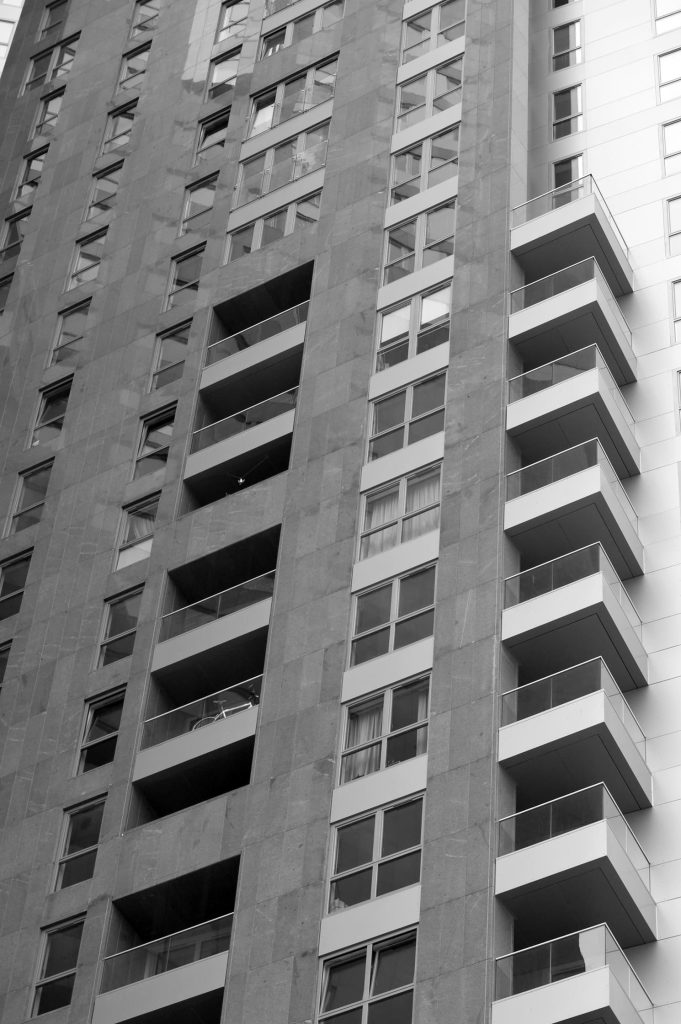
Very briefly, this matter was brought by the Owners of Strata Plan 84674 (the Owners or the Respondent) after allegedly defective works were completed at their property.
The Owners brought proceedings against Pafburn (being the builder) and Madarina Pty Ltd (the developer) (together, the Appellants), arguing that both entities breached the statutory duty to exercise reasonable care to avoid economic loss caused by defects owed under section 37 of the Design and Building Practitioners Act 2020 (NSW) (DBPA).
Pafburn admitted that it owed the Owners the statutory duty under the DBPA, but Pafburn defended that it should not solely wear the blame as its subcontractors (which included manufacturers, suppliers and certifiers/council) contributed to the defective works.
The NSW Court of Appeal found that Pafburn could not apportion its liability with the subcontractors (proportionate liability) due to operation of section 37 of the DBPA, holding that it was a non-delegable duty, in the context of the Civil Liability Act 2002 (NSW) (CLA).
Pafburn now appeals that decision.
On 15 October 2024, the parties to these proceedings argued their respective cases before the High Court.
In the anticipation of the ruling, this article simply summarises the positions and submissions of each party.
The Appellants’ position is ultimately that the section 37 duty to exercise reasonable care to avoid economic loss caused by defects (section 37 Duty) is owed by those who actually do the work (such as subcontractors) and that a head contractor who supervises or has substantial control over said work may also owe the section 37 Duty.
In other words, and I quote Mr Hutley (Senior Counsel for the Appellants):
“The central point, which we will develop, is that this is a duty which attaches to a person who carries out work, and we say whilst they are carrying out the work. It is a duty owed by that person or organisation in relation to the work that they carry out…
… We say the question is this: who is carrying out the work?”
Further, the Appellants argue that the proportionate liability scheme does apply to the section 37 Duty as the subcontractors are not vicarious to the head contractor and so owe the duty themselves.
In doing so, the Appellants’ identified 3 key issues:
ISSUE 1: Does the duty established by section 37 DBPA, together with section 39 DBPA, fall within the duty identified in section 5Q CLA
Section 37(1) states that “A person who carries out construction work has a duty to exercise reasonable care to avoid economic loss caused by defects…”.
I have extracted section 37 and 39 in full for reference here:
37 Extension of duty of care
(1) A person who carries out construction work has a duty to exercise reasonable care to avoid economic loss caused by defects—
(a) in or related to a building for which the work is done, and
(b) arising from the construction work.
(2) The duty of care is owed to each owner of the land in relation to which the construction work is carried out and to each subsequent owner of the land.
(3) A person to whom the duty of care is owed is entitled to damages for the breach of the duty as if the duty were a duty established by the common law.
(4) The duty of care is owed to an owner whether or not the construction work was carried out—
(a) under a contract or other arrangement entered into with the owner or another person, or
(b) otherwise than under a contract or arrangement.
39 Duty must not be delegated
A person who owes a duty of care under this Part is not entitled to delegate that duty.
The Appellants argue that the section 37 Duty attaches to the person who actually carried out the construction work due to the use of the words “carries out”
The Appellant’s distinguish this section from Parts 2 and 3 of the DBPA, which sets out a duty to “ensure” which they argue applies to a person in a specific role (e.g. building or design practitioner) etc.
Therefore, the Appellants say that a subcontractor who actually carried out the building works owes the section 37 Duty, and that a person such as a head contractor may also owe that duty where they have supervised, coordinated, project managed or otherwise had substantive control over the works (see section 36 definition of construction work).
As for the operation of section 39 of the DBPA, the Appellants argue that section 39 (and I quote Mr Hutley’s submissions):
In other words (and I quote Gordon J), section “39 … says, you are both [eg, contractor and subcontractor] under a separate duty of care in respect of your respective obligations, and you cannot blame each other”.
Finally, the Appellant goes a step further and also argues that section 5Q of the CLA operates in the same fashion as section 39 of the DBPA.
I have extracted section 5Q of the CLA herein for reference:
5Q Liability based on non-delegable duty
(1) The extent of liability in tort of a person (the defendant) for breach of a non-delegable duty to ensure that reasonable care is taken by a person in the carrying out of any work or task delegated or otherwise entrusted to the person by the defendant is to be determined as if the liability were the vicarious liability of the defendant for the negligence of the person in connection with the performance of the work or task.
(2) This section applies to an action in tort whether or not it is an action in negligence, despite anything to the contrary in section 5A.
ISSUE 2: Can Part 4 of the CLA apply to a claim for breach of the duty established by section 37 DBPA?
Part 4 of the CLA sets out the proportionate liability scheme.
The Appellants argue that due to at least:
Part 4 of the CLA applies to the section 37 Duty under the DBPA.
Further, the CLA still allows a concurrent wrongdoer who is vicarious to the same apportionment as the person who is vicariously liable. For example, a head contractor will be vicariously liable for its employee, but not for the council certifiers, because they did not delegate the work to the council, rather engaged their services.
ISSUE 3: Is Part 4 of the CLA inapplicable to every claim against any person or entity the subject of a claim under section 37 of the DBPA if section 5Q and 39(a) of the CLA are enlivened?
The Appellants argue that the persons who they claim are concurrent wrongdoers are not vicarious to the Appellants and so are liable for their proportion of the loss.
The concurrent wrongdoers are:
In summary, it is the Respondent’s position that the section 37 Duty owed under the DBPA is non-delegable and as such the Appellants are responsible for the damages.
In coming to this position, the Respondent set out the following in its outline of submissions:
In respect of the CLA provisions:
In response to the Appellant’s arguing that the section 37 Duty extends to those who actually do the works, the Respondent argued:
At hearing, the Respondent made responsive submissions, which are summarised below:
In respect of the section 37 Duty, Mr Walker (Senior Counsel for the Respondent) explains that the section 37 Duty extends to somebody whether they do the construction work themselves or whether they employ a separate person to carry out the works:
“It is not seeing whether your paperwork and your diary is good enough for visiting the site. Whatever AICD may say about appropriate oversight, et cetera. It is a duty to avoid defects, and it is a duty to exercise reasonable care in that sense. We say that, in fact, “carries out” plainly includes having it carried out by others, not just your employees – that is, servants or agents in the old‑fashioned phrase – but also subcontractors or people who have managed to come on and do work, and will only be paid under a quantum meruit. It does not matter.” (quote from Mr Walker).
In respect of the function of section 39, Mr Walker explains:
“Section 39 is not some rootless, amorphous, defensive gesture. It is designed to ensure that the duty of care, relevantly under section 37 – that is the one we are interested in – is one which cannot carry in the train of its breach by the person who owes the duty the consequences of delegation. That is a long‑winded way of trying to spell out the meaning of the terse expression: not entitled to delegate that duty.”
So, in basic terms, it seems that the Respondent takes the position that:
There was discussion regarding how the DBPA works with the CLA, and it seems the Respondent’s position is that section 5Q of the CLA (which sets out vicarious liability) is of no utility in the light of section 39 of the DBPA (which states that the section 37 DBPA duty is not delegable).
We now await the High Court to pass down its judgement.
If you would like more information on the above or need any assistance, please contact us on 02 8329 6500 or excellence@kreisson.com.au
This communication is sent by Kreisson Legal Pty Limited (ACN 113 986 824). This communication has been prepared for the general information of clients and professional associates of Kreisson Legal. You should not rely on the contents. It is not legal advice and should not be regarded as a substitute for legal advice. The contents may contain copyright.

Associate | 02 8239 6509